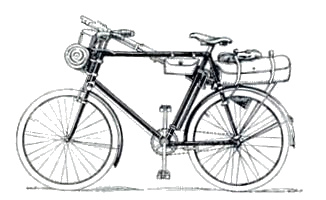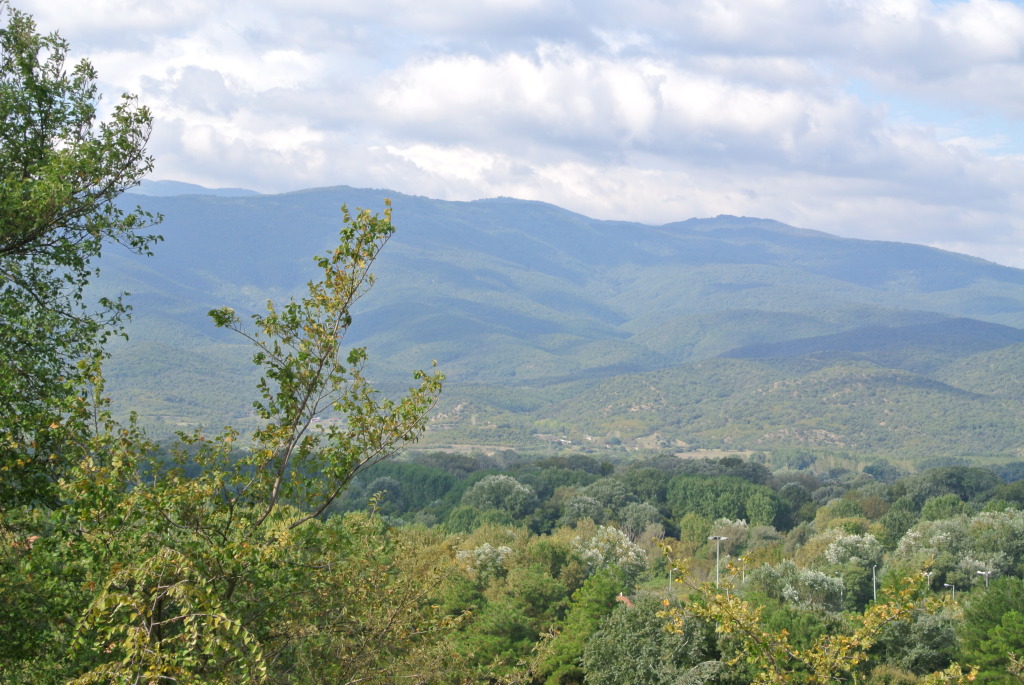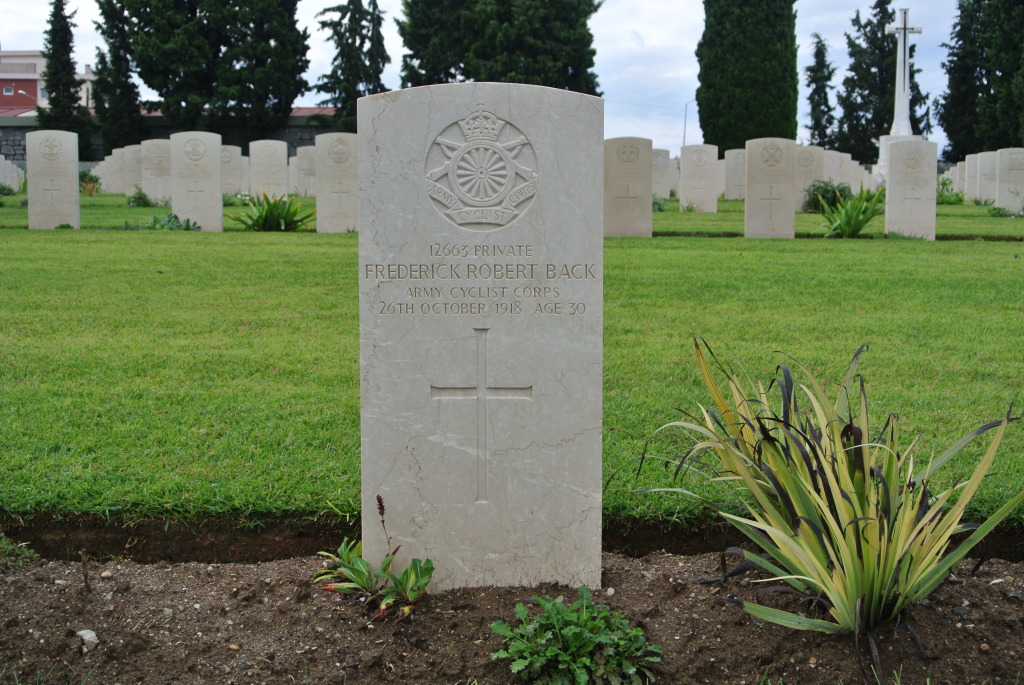Frederick was part of a large family. He had seven brothers and sisters and a half brother and a half sister. His parents John and Elizabeth Back (nee Manning) had met and married whilst working in Brighton. Their first child Elizabeth was born there in 1872. By 1874 they were living in Hingham, Norfolk where John originally came from. During the next few years they lived in various different villages in Norfolk. John was working as an under gardener. Frederick was born in Hethersett in 1888 and was their youngest child. Albert was born in 1874, Kate in 1877, Fanny in 1878, George in 1880, Maud in 1882, and Emma in 1884. In 1895 when Frederick was seven years old his mother died aged 46 years. The following year his father married Emily Bennett in Hethersett. They had two children, Charles born in 1897 and Mabel in 1898. Unfortunately Emily also died at a young age in 1906.
Frederick married Alice Mary Swatman at the Holy Trinity Church in Heigham on 25th November 1909. She was 20 years old and he was aged 21 years. Alice was also known as Alice Burns as in 1892, her mother, Susannah had married Joseph Burns. After he died Susannah married William Shearing. Alice’s step-father, William Shearing and her brother Joseph Patrick Burns were witnesses at her wedding.
Frederick and Alice had two children Irene Alice Mabel born in November 1910 and Frederick Joseph born in 1915. In 1911 they were living at 10 Waddington Street Norwich and Frederick was a painter.
It is thought that Frederick was also known as Robert, as it is under this name that he enlisted in the Norfolk Yeomanry on 2nd November 1914. His service number was 1955. When enlisted he was living at 174 Ames Street, Norwich and still working as a painter. He was transferred to the Army Cyclist Corp on 7th September 1916 and a week later was posted abroad. He was attached to the Macedonian Labour Corps. His service number changed to J12663.
The use of cycles in the army had begun in 1880s and by the start of the war several territorial forces had units of cyclists. Cycles were seen as being quieter and easier to look after than horses. Their use for reconnaissance and communication was recognised. In 1915 the Army Cyclist Corps was founded. It incorporated existing units but also took men from second line yeomanry regiments. The cyclists were considered to be mounted infantry men with the ability to approach the enemy quietly and quickly. Their cycle was designed to enable the rider to travel as a self-contained fighting unit. It carried their rifle, cape and groundsheet. Their personal kit and rations were carried in a small kitbag behind the seat and an emergency tool kit hung from the crossbar
New rules and regulations had to be set up for the use of cycles; manuals were produced that described how cyclists had to stand when saluting officers etc. They were expected to travel between eight and ten miles an hour when in a group and not travel more than fifty miles in a day. In reality they were rarely used as a fighting force and they found it difficult on rough terrain and on muddy roads. In the Salonika area they were used for communication and for patrolling some of the villages outside of the main city. After the end of the war the Army Cyclist Corps was disbanded.
Frederick sailed from Devonport on 15th September 1916 aboard the H.M.T Caledonia and arrived in Salonika (now known as Thessaloniki) on 30th September 1916. He received training until 2nd November 1916.
He stayed in the Salonika area and is recorded as being still attached to the 12th Macedonian Labour Battalion in February 1918.
The Labour Battalions were initially made up of men who were considered unfit to fight, but gradually relied more and more on men from China, India, Africa or the local workforce. They played an important role in building roads, camps, dumps, quays or burying the dead. They often spent months working within the range of enemy guns and their worth was not always recognised or rewarded. As many were not white they were treated as second class citizens with poor pay and conditions.
On 3rd May 1918 his son Frederick died aged two of whooping cough. When the child died Alice and family were living at 23 Greyhound Opening, Midland Street in Norwich. Information about the child’s death was sent to his father in Salonika and Alice had to supply the army with a copy of the child’s death certificate.
The living conditions of the troops fighting in Salonika were not good, with cold wet weather in the winter and high temperatures in the summer. Mosquitoes carrying malaria and swarms of flies added to the problems in the summer months. ( See Charles Sydney Hamond for more details on living conditions ) Many more men were incapacitated through illness than from wounds and contact with the enemy. Salonika was the base for the British Salonika Force and at times had eighteen General and Stationary Hospitals.
On 11th October 1918 Frederick was admitted to 28th General Hospital in Salonika from the 27th Casualty Clearing Station. This Casualty Clearing Station was at Cerniste near Doiran in Macedonia. It had been stationed there from the 28th September because of the fighting in the area. Evacuation of the ill and wounded was difficult because the roads were bad and bridges had been destroyed by the enemy. The casualties were taken by road to Doiran and then transferred by train to Salonika.
He had been ill for four days prior to admission. He was suffering from headaches, pains and a cough with expectoration. His temperature was recorded as being 101 degrees Fahrenheit. In his medical notes it states that he looked ill. He had an infection in his right lung which gradually became worse and spread to both lungs. On 17th October he was described as being dangerously ill with pneumonia. His general condition deteriorated and he died at 06.25 hours on 26th October 1918. On one of the telegrams sent to London about him there is the word ‘gas’. This may indicate that he became ill with a chest infection as a result of being gassed. It is not clear whether this was so though gas was used in the attacks which took place in the area where he was at the end of September.
After his death his effects were sent to his wife whose address was given as being C/O. Mrs Shearing, 87 Gladstone Street, Dereham Road, Norwich. Susannah Shearing was Alice’s mother. These effects included a cigarette case, belt, razor strap, brass padlock and key, cap badge, watch with leather strap, watch guard, silver ring, scissors, photos and card, drinking cup in a case, coins and a leather wallet.
His wife received a pension of two shillings a week.
Frederick is buried in Mikra British Cemetery, Kalamaria. The cemetery is about 8 miles south of Thessaloniki.
The war on the Macedonian Front ended on 30th September 1918. Frederick had joined the army in November 1914 and survived throughout it only to die from illness only a few days after his involvement in it had ended.
At first it was difficult to understand why Frederick was remembered on the Church war memorial as he and his wife had never lived in Saxlingham Nethergate. However his connection was through his sisters.
His eldest sister Elizabeth Back married George Funnell in 1891. He was a corn dealer and baker in Saxlingham and prior to her marriage Elizabeth had also worked in Saxlingham. For many years Frederick’s sister Maud lived with their sister Elizabeth’s family. She worked in the bakery and also did domestic duties. She is recorded as living there in 1901 and 1911. Frederick was the uncle of Alfred Funnell, who was killed in 1916, and is on both war memorials. John Back, Frederick’s father died in 1947 and is buried in Saxlingham Nethergate Churchyard.
It is interesting that Frederick’s half brother Charles Back was also killed in the war but he is not mentioned on the Church memorial. It could be that with the age difference between Elizabeth and Maud and him, they were not as close to him as they were to Frederick. This is however only supposition.
Acknowledgements
Census records: 1871, 1881, 1891, 1901, 1911
British Army WW1 Service Records.
UK soldiers who died in the Great War 1914-18
Papers from Saxlingham Nethergate Church Chest now deposited at Norfolk Record Office.
www.salonikacampaignsociety.org.uk
It’s a long way to Salonika. www.historyireland.com
www.cycleseven.org/the-army-cyclist-corps
www.25thlondon.com/cycleinwarfare.htm
History of the Great War. Medical Services- general history. Major General Sir W.G. Macpherson and T.J. Mitchell. archive.org/stream









It’s so touching to read this again. Thank you for all your hard work in producing all this research. May my great grandad Frederick Robert Back rest in peace x